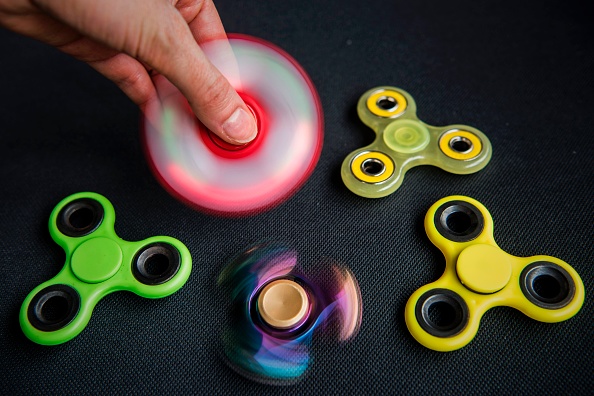Editor's note: Frédérique Tutt is toys global industry analyst at The NPD Group, Lorient, France. This is an edited version of a post that originally appeared here under the title, “Fidgets, games, LEGO tape: Social media puts emerging trends on fast forward.”
In early April, I searched for fidget toys online. They were in the news thanks to Autism Day, and I was curious to see what was available on my local site in France. There were very few, and they were relatively expensive, at €20 each.
 Three weeks later, my son discovered fidget toys via viral Instagram posts and asked me to buy one for him. I went online again. Suddenly there were more than 20 to choose from, and the price had dropped from €20 to €10, or even less if I could wait for them to ship from China.
Three weeks later, my son discovered fidget toys via viral Instagram posts and asked me to buy one for him. I went online again. Suddenly there were more than 20 to choose from, and the price had dropped from €20 to €10, or even less if I could wait for them to ship from China.
What happened?
In a nutshell, social media happened.
In the past, it would have taken weeks for a hot trend to filter into my remote part of France and into the consciousness of my son and his friends. It would have taken many more weeks for that toy to become available in my area. The manager of my local toy store once told me, “We are a bit slow with hot trends here. We need to wait six months after it takes off in Paris.”
Not anymore.
Today, my kids absorb trends via social media at the same moment as a child in Tokyo, New York City or Buenos Aires. And that is upending the business. The product cycle has been shaken up by the Internet; social media has put it on fast forward.
Today the toy industry must be more reactive, more adaptable and, above all, faster. Design, production, selection, marketing and performance-tracking are on a tighter schedule than ever before. Regional differences are being flattened as viral sensations cross borders indiscriminately.
We’ve already seen the impact with Pie Face and Speak Out. We’re now seeing it with fidget toys and the LEGO tape Nimuno Loops. Innovative products are picked up by big manufacturers, and then – in record time – pushed out globally to stunning success. We’ve seen it in a slightly different iteration with L.O.L. Surprise! Dolls, a toy inspired by unboxing videos and then pushed to market at break-neck speeds. Again, to great success.
But I suspect that what will also happen is that fads will hit and burn out faster. Gone are the days when fads could rely on the slow percolation into remote regions. Just as product cycles have grown shorter, so will life cycles. Retail prices will fluctuate accordingly.
Unlike a decade ago, my son will tire of fidget toys at the same pace as his peers in New York City, Tokyo and Buenos Aires.
